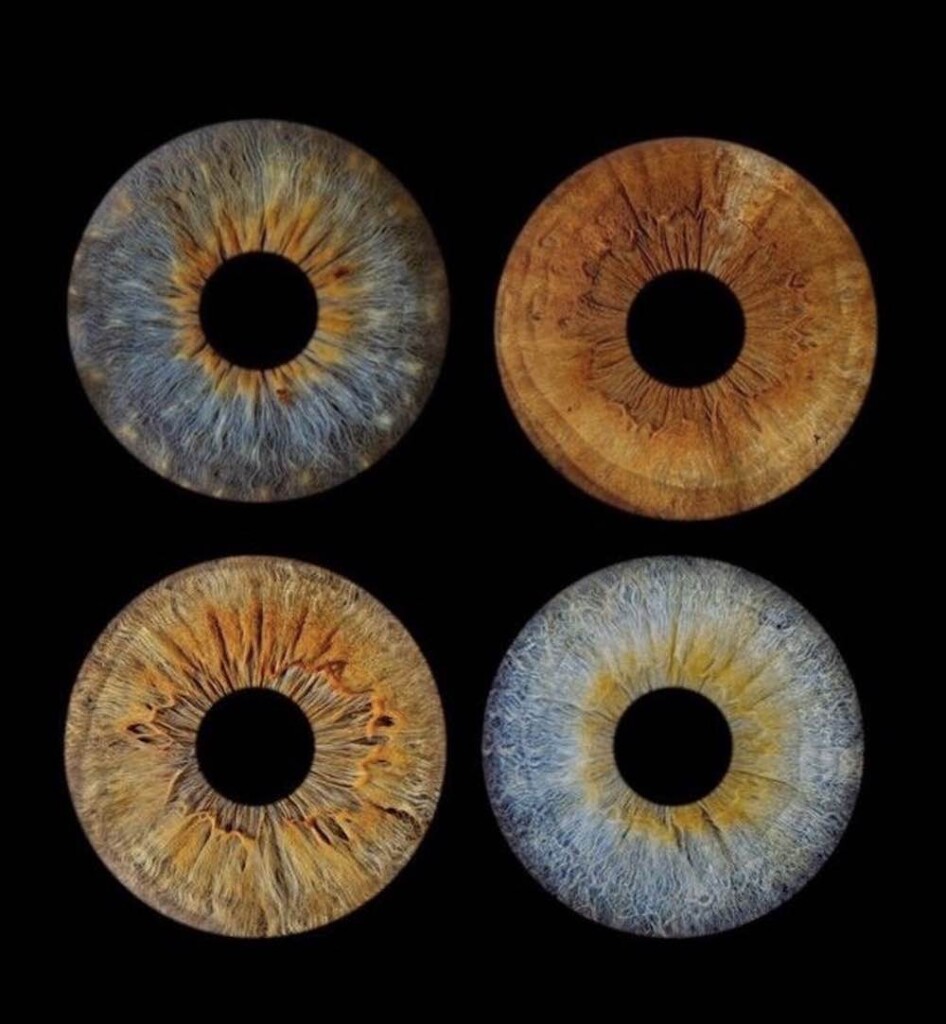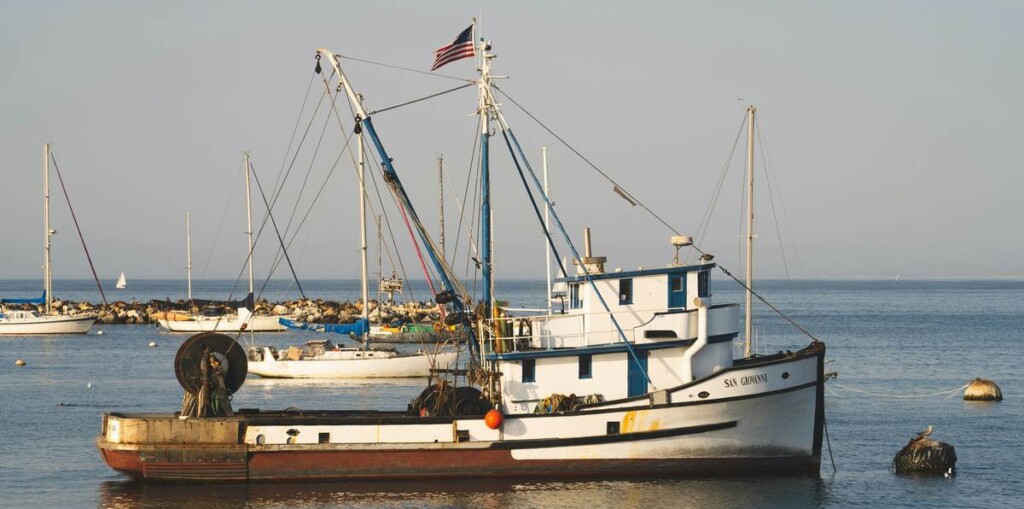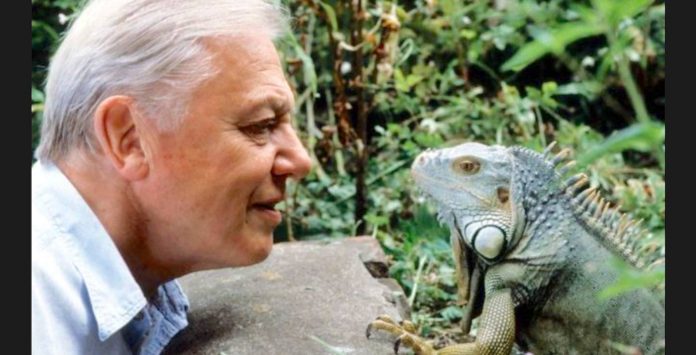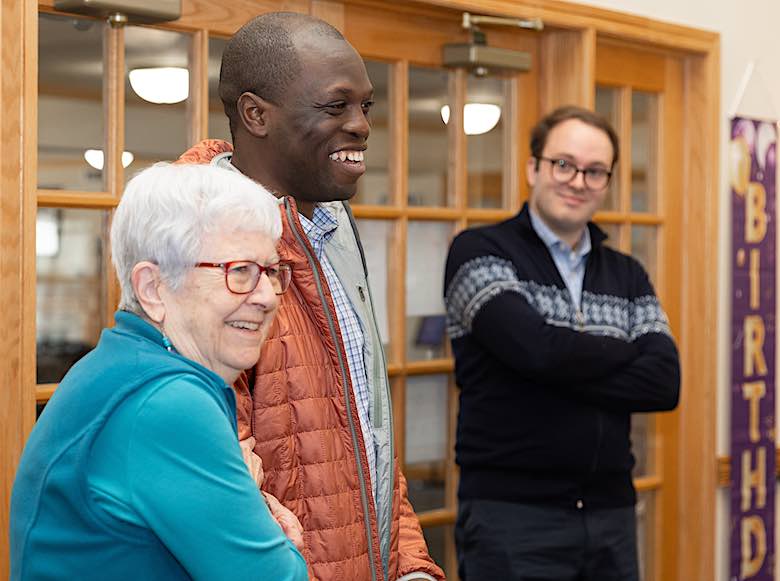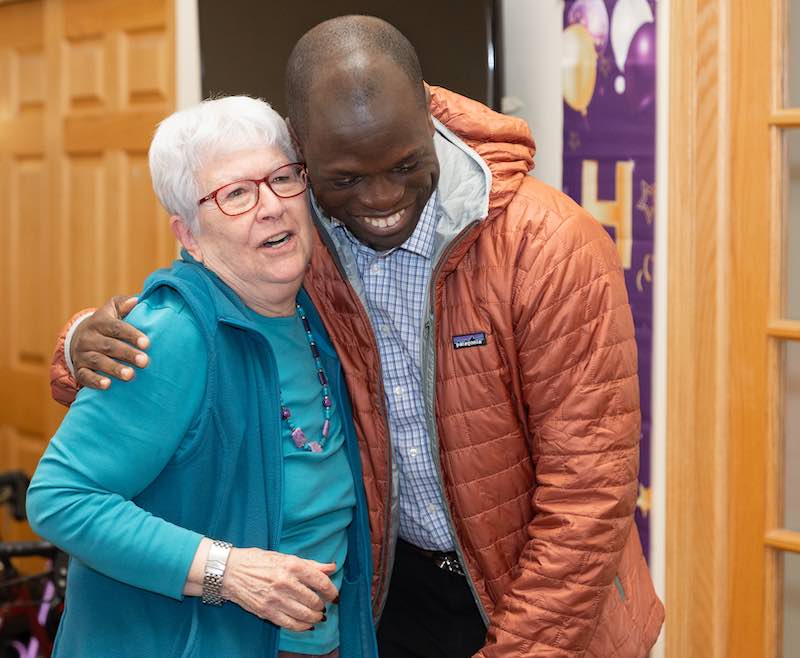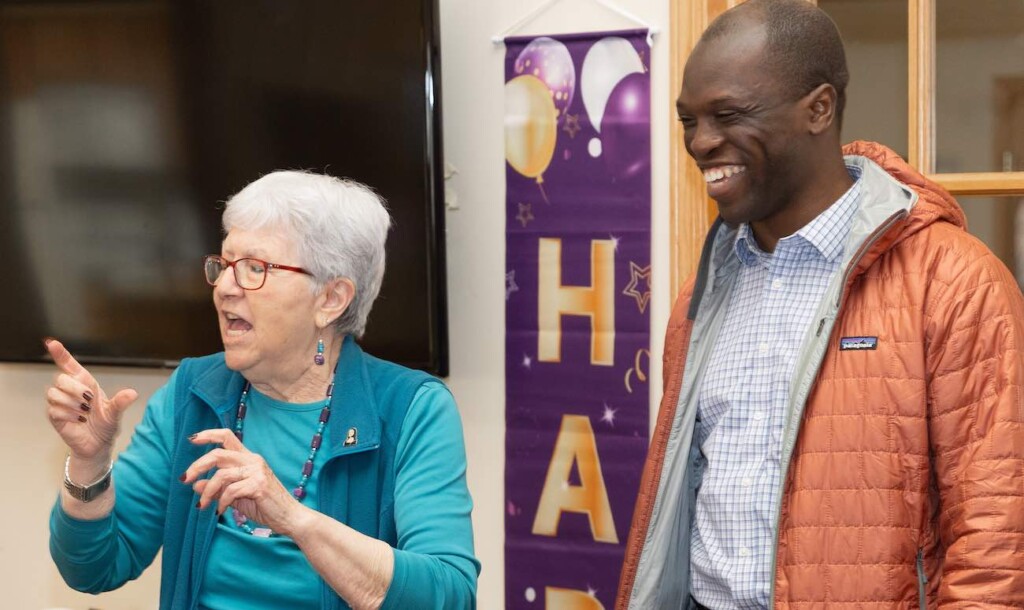
A pair of climate-solution firms have just turned on the largest CO2 vacuum in the world, capable of sucking thousands of tons of carbon out of the atmosphere.
In 2021, GNN reported on the operation of the Orca facility in Iceland, run by the firm CarbFix in partnership with the Swiss company Climeworks. The company said it can pull 4,000 tons of CO2 out of the atmosphere every year, the equivalent of taking 870 cars off the road.
Now though, they’ve outdone Orca’s output 10 times with the Mammoth plant in Hellisheiði Iceland.
Sucking 36,000 tons of carbon out of the air every year with Climeworks’ modular, stackable intake fans, CarbFix’s unique technology deposits the carbon deep underground where it will mineralize and not emerge for hundreds of millions, perhaps billions of years.
The whole thing will be powered by geothermal energy, making it carbon-negative.
Mammoth and Orca are projects known as Direct Air Capture (DAC), which many criticize as being unproven or too expensive.
But scientists have begun predicting that carbon will have to be removed from the atmosphere to prevent the worst effects associated with a 2°C increase in average global temperatures, in addition to simply scaling back how much carbon is emitted.
MORE FROM ICELAND: Iceland To Hang Up Her Harpoons For Good, Issuing No More Whaling Permits
Several other large operations are in the process of being planned or built, including a massive one in Wyoming that aims to capture 5,000,000 tons annually.
Climeworks didn’t give an exact price of the carbon credit, but said it would be closer to $1,000 than $100, the number that many feel needs to be reached for DAC plants to run sustainably.
ALSO CHECK OUT: U.S. to Plug More than 10,000 Abandoned Carbon-Emitting Oil and Gas Wells in 24 States
In September 2022, just months after Orca first came online, Climeworks announced plans to scale up in the United States.
The company outlined its intent to engage in several large-scale DAC projects over the next few years, with the potential to create thousands of direct U.S. jobs in the process.
SHARE This Seriously Impressive Climate Solution With Your Friends…


























